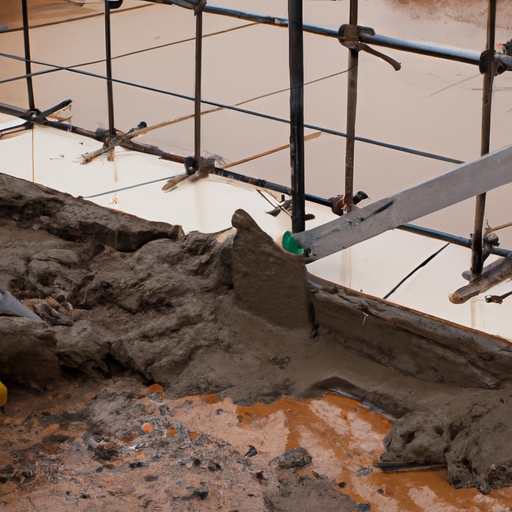
What is Involved in the Process of Foundation Leveling in San Antonio, Texas?
Posted by on 2024-06-25
Foundation leveling in San Antonio, Texas is a vital process for homeowners who experience issues with their property's foundation. Due to the region's expansive clay soils and fluctuating weather conditions, foundations can shift, settle, or crack over time. This can lead to structural damage and necessitate repairs to ensure the integrity of homes. In this essay, we will explore what is involved in the process of foundation leveling in San Antonio.
Firstly, it's important to understand why foundation problems occur in San Antonio. The soil composition in the area expands and contracts significantly with moisture changes. During periods of drought, the soil shrinks away from the foundation; when heavy rains come, it swells up against it. This constant movement puts stress on foundation materials.
Once a homeowner notices signs of foundational issues—such as cracks in walls or floors, doors that won't close properly, or gaps around window frames—it's time to call in a professional for an assessment. A thorough examination by a structural engineer or a reputable foundation repair company is necessary to determine the extent of damage and the best course of action.
The actual process of leveling a foundation typically involves several steps:
1. Assessment: Experts will carry out detailed inspections using special tools like levels and laser transit devices to determine how much the foundation has shifted and identify specific areas that need attention.
2. Planning: Once assessments are complete, technicians devise a customized plan for lifting and stabilizing the house back into its original position as closely as possible.
3. Preparation: Before any work begins, preparations such as removing plants around the home’s perimeter or relocating plumbing lines might be needed.
4. Pier Installation: One common method used for leveling foundations is piering. There are different types of piers—concrete pilings, steel piers, helical piers—that can be used depending on the specific situation.
- Concrete pilings are long cylinders pushed into ground beneath your home until they reach stable soil.
- Steel piers are driven deep into ground until they hit bedrock.
- Helical piers resemble large screws twisted into soil providing strong anchoring points below frost lines.
5. Lifting: Hydraulic jacks placed atop installed piers carefully lift home back towards its proper level incrementally ensuring structure isn’t compromised during process.
6. Stabilization: After lifting house right amount pressure transferred from jacks onto pier system which permanently supports weight preventing further settlement movement occurs evenly throughout prevent stress points developing future problems arising caused uneven load distribution
7 Adjustment & Tuning: Even after stabilization minor adjustments may be required ensure everything perfectly aligned Technicians monitor changes make tweaks necessary maintain level state
8 Clean-up Reinstallation: Finally once all adjustments have been made work area cleaned up any landscaping disturbed during project restored original condition Plumbing other utilities reconnected if they were disconnected beginning
9 Follow-Up Inspections Monitoring Periodically check-ins scheduled make sure maintaining its new improved stance continue perform optimally years come without risk recurring foundational failures
In conclusion while daunting task with help skilled professionals armed correct knowledge expertise procedures involved correcting foundational discrepancies become manageable navigable endeavor Ensuring longevity safety investment paramount importance especially regions prone experiencing geological shifts like those found surrounding areas San Antonio Texas Through vigilant monitoring proactive maintenance practices such as regular inspections timely interventions homeowners preserve both value functionality properties long term